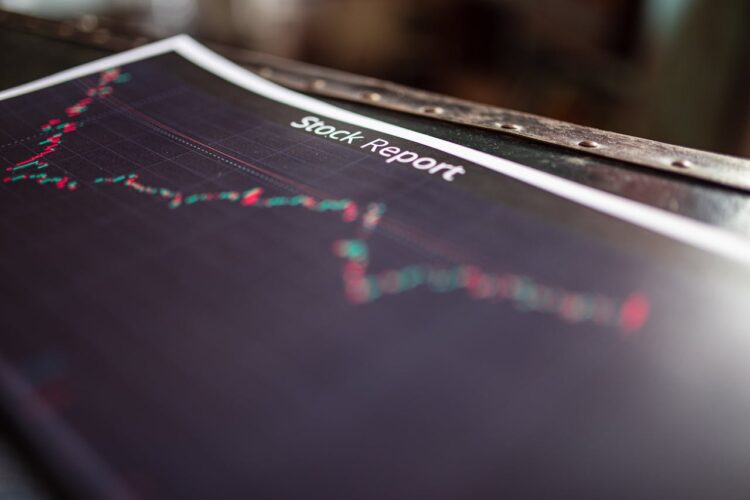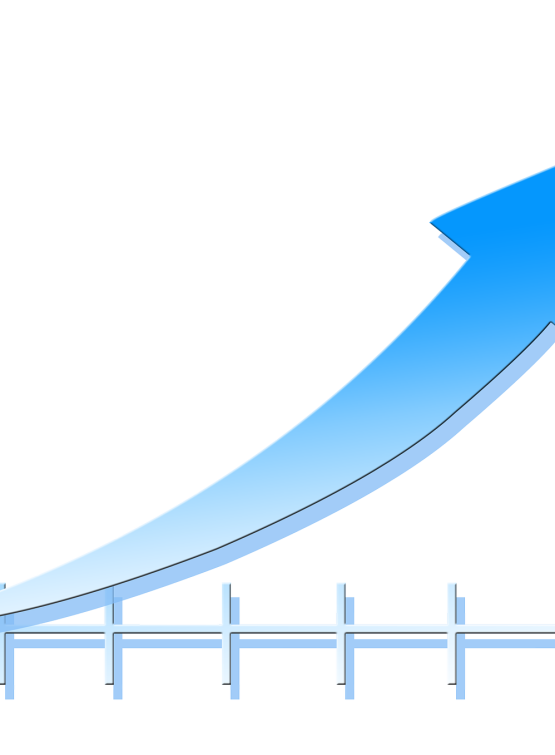June 2025: A Strong Comeback
June has been an outstanding month for the Indian stock market. After a brief dip around mid-June, influenced by global tensions, both the Nifty 50 and the Sensex demonstrated remarkable strength. The Nifty, which had dropped to 24,473 on June 13, rebounded significantly, closing at 25,637.8 by June 27. This represents a recovery of over 1000 points, bringing it very close to its all-time high from September 2024. The strong recovery was mainly attributed to improved global sentiment, reduced geopolitical concerns, and foreign institutional investors (FIIs) are becoming net buyers.
The volatility index, also known as the India VIX, dropped significantly in June, declining from over 17 to 12.36. A lower VIX typically indicates that investors expect less market volatility and feel more confident. While this is generally a positive sign, it might also suggest that investors are becoming a bit too complacent. It is important to monitor this trend closely.
Key Domestic Factors:
Repo rate cut by RBI:
In June, the Reserve Bank of India (RBI) made a significant decision by cutting the main interest rate (repo rate) by 50 basis points to 5.50%. This crucial step makes borrowing cheaper for both businesses and individuals, which can help boost economic activity, particularly in sectors like real estate and manufacturing. Additionally, the RBI has adopted a more balanced policy approach, focusing on promoting growth while maintaining price stability.
Inflation Under Control:
Inflation, which measures how quickly prices are rising, has decreased significantly, reaching a nearly six-year low of 3.2% in April 2025. The RBI expects inflation to remain manageable at around 3.7% for the current financial year (FY26). This stable price environment gives the RBI more flexibility to support economic growth.
Economic Growth Outlook:
The RBI projects India’s economy to grow by a solid 6.5% in FY26. This growth is anticipated to be fueled by increased consumer spending and business investments. While some forecasts, such as those from ICRA, are slightly more conservative at 6.2%, they still indicate robust urban spending. Furthermore, industrial production grew by 2.7% in April 2025, with strong performance in capital goods and infrastructure, suggesting that investments are on the rise. However, there was a slight decline in consumer non-durables, indicating that not all sectors are recovering at the same pace.
Corporate Earnings Season:
July marks the beginning of the earnings season for the April-June quarter (Q1 FY26). Companies are expected to report stable profits, driven by strong local demand, lower raw material costs, and cheaper loans, which is generally positive for the stock market. However, companies that depend heavily on exports, such as some IT and textile firms, may still encounter challenges due to global issues. Key companies expected to announce their results include HCL Technologies (July 14), HDFC Bank (July 19), ICICI Bank (July 19), and Infosys (July 23)
Global Factors to Watch:
US Interest Rates:
The US central bank, the Federal Reserve (the Fed), decided to keep interest rates unchanged in June. While some analysts anticipate a potential rate cut later this year, the Fed has stated that there is no rush to make this decision. If the Fed delays cutting rates, it might result in foreign investors withdrawing some of their investments from India. On the other hand, a weaker US dollar, which we have observed recently, is generally favorable for us as it encourages foreign investment in emerging markets like India. The FED’s next interest rate decision is scheduled for July 30.
Crude Oil Prices:
Oil prices have decreased by over 20% since June 2024, which is a positive development for India. However, should global tensions escalate again, oil prices could surge. A significant increase in oil prices could negatively impact India by widening our trade deficit and increasing inflation, potentially prompting the Reserve Bank of India (RBI) to adjust its interest rate policy.
Trade Tensions:
Although tensions in the Middle East have eased, there is a looming deadline on July 9 concerning potential US tariffs on Indian goods. While an extension of this deadline is expected, the implementation of these tariffs could adversely affect our export-oriented sectors.
Investor Activity:
Foreign Investors (FIIs): In June, foreign institutional investors displayed mixed activity but became strong net buyers towards the end of the month. Their increased optimism, indicated by a rise in the long-short ratio, suggests a growing positive sentiment towards India.
Domestic Investors (DIIs): Domestic investors have consistently been buying throughout June, providing robust support to the market. This strong local buying acts as a buffer against potential selling by foreign investors.
The combined strength of steady domestic buying and renewed foreign interest could provide a significant boost to the market in July.
Technical View:
From a technical standpoint, the Nifty 50 appears to be strong. It has solid support around 25000, and it is likely to attract buyers if it experiences a dip. The resistance level is between 26,000 and 26,300. If the Nifty can break through this resistance, it could see significant upward movement.
While some indicators, such as the Relative Strength Index (RSI), suggest that the Nifty might be slightly overbought (indicating a rapid rise that could necessitate a brief pause), other indicators like the MACD and various moving averages continue to show a strong upward trend. This implies that while a minor correction is possible, the overall market direction remains positive.
Historically, July has been a favorable month for the Indian stock market. Over the past 15 years, the Nifty has posted positive returns approximately 73% of the time in July, with an average gain of 4%. This historical trend, combined with optimism surrounding early company earnings, could provide an additional boost.
Outlook for July 2025: Opportunities and Risks
The Nifty index is positioned for continued positive movement in July, bolstered by strong domestic factors and a historically favorable trend. However, investors should remain mindful of global developments.
Positive Factors (Tailwinds):
- The Reserve Bank of India’s interest rate cut will stimulate economic activity.
- Inflation remains low and stable.
- Companies are anticipated to report strong earnings.
- Robust buying by domestic investors provides market stability.
- Foreign investors are showing renewed interest in the market.
- Historically, July has been a strong month for the stock market.
Challenges (Headwinds):
- There is uncertainty surrounding potential US tariffs on Indian goods.
- The US Federal Reserve’s cautious approach to interest rate cuts may impact foreign inflows.
- There is a risk of crude oil price spikes due to global events.
- Some segments of the market, particularly mid and small-cap stocks, are overvalued.
- The Nifty’s Relative Strength Index (RSI) indicates it might be overbought in the short term.
In summary, while it is important to monitor external factors, India’s strong economic fundamentals and resilient market structure suggest a generally positive outlook for equities in July. Investors are encouraged to stay informed and make selective decisions.
Links used for Reference:
- India Vix Historical data, Source: Investing.com
- ICRA sticks to 6.2% growth forecast in F.Y. 26, Source: Fortune India
- United States Fed Funds Interest Rate, Source: Trading economics
Disclaimer:
I provide the information and my views on the website only to educate people, new investors, and stock market enthusiasts on equity and other market investments. Please consult a SEBI registered financial advisor before making any investments in the stock or commodity markets. In case of any queries, you can contact me on Contact Form or email: admin@valueinvestingonline.in.




